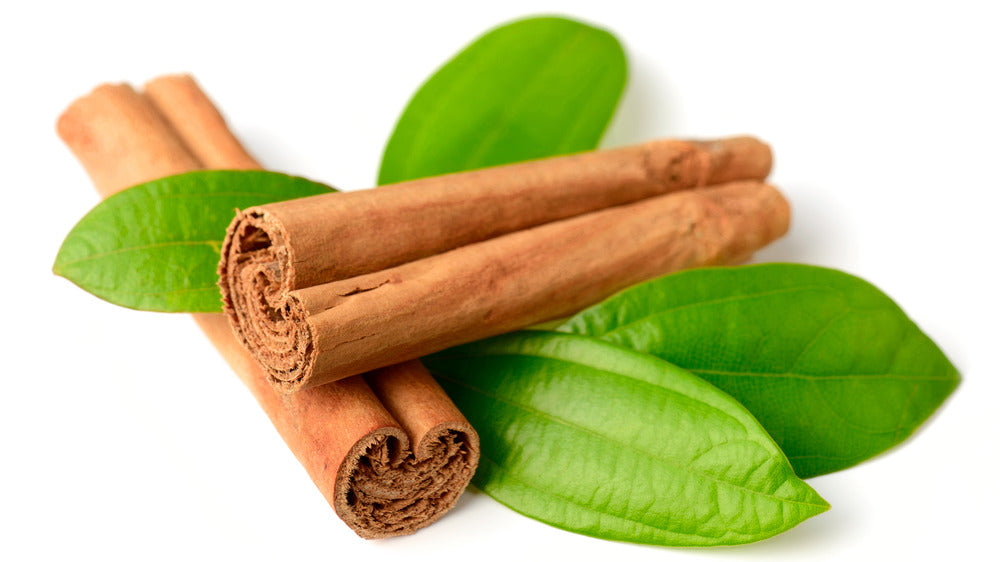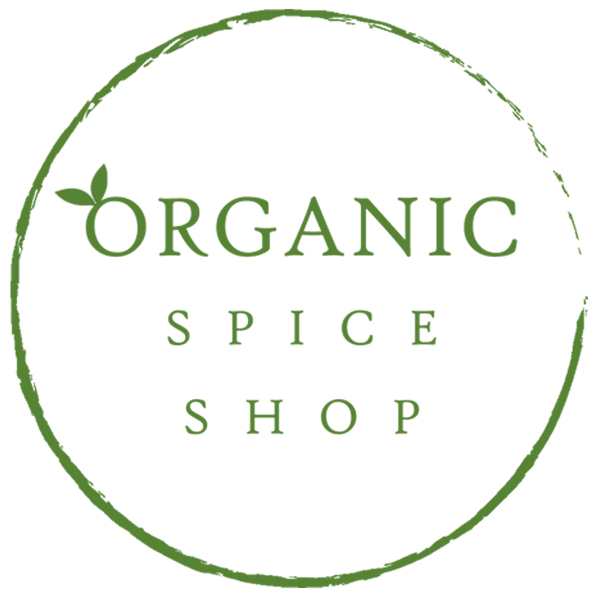
The lowdown on true cinnamon
Did you know that all cinnamon is not created equal? Chances are that most cinnamon sold in the US is cassia and not true Ceylon cinnamon.
There's something you should know about cassia: It contains very high levels of coumarin, which is a toxin and potential carcinogen, which, if consumed in large amounts, could lead to liver damage. Contrarily, Ceylon cinnamon contains none or very little coumarin.
As you have probably figured out, true cinnamon is native to Ceylon (formerly Sri Lanka). It's often used as a flavoring, embalming agent, preservative, and for medicinal properties. In contrast to its cousin cassia, Ceylon cinnamon is best used in sweet baked goods.
In the early stages of producing Ceylon cinnamon (Cinnamomum zeylanicum), the process is similar to cassia, but a little more TLC is involved. When it's harvested, the sheets are usually processed by hand and rolled into very thin, fine, and flat layers (as opposed to cassia, which is often thicker). After it dries, the inner bark curls into thin strips (also called quills), forming a circle.
If you're shopping for ground cinnamon or cassia, it can be a little more challenging to determine what you're really getting than if you were shopping for sticks. Ceylon cinnamon is warmer in tone and tan in color with a sweet flavor. Cassia is more of a reddish brown in color and has a more coarse texture, with a stronger, yet more bitter flavor.
Another way to tell if it's the real deal? Its price tag. True Ceylon cinnamon almost always cost more than cassia cinnamon due to it's rarity and the laborious processing required to hand harvest and prepare the product for the consumer, but the benefits of using true Ceylon cinnamon far out weighs the cost.
